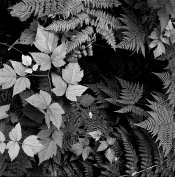Alan Edward Klein
Member
I shoot Tmax100 at 100 but bracket +1 and -1. Medium format 6x7 120. I don;t have a darkroom. The pro lab I use uses XTOL but can push or pull. Any recommendations? Here are some scans of shots I did this way. Scanned with a V600.
https://www.flickr.com/photos/alanklein2000/albums/72157642492618713
https://www.flickr.com/photos/alanklein2000/albums/72157642492618713
















